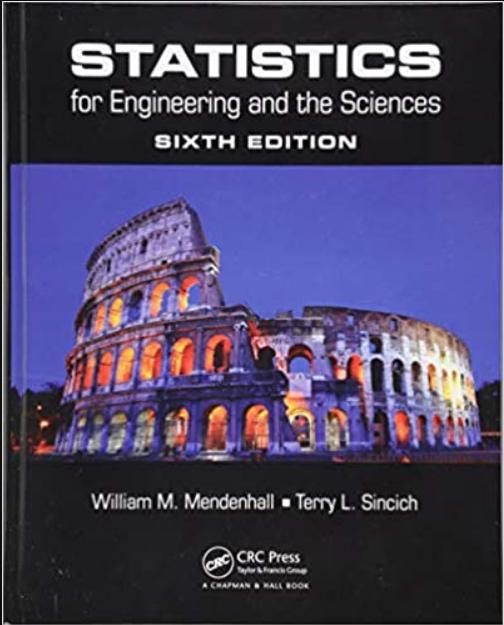Refer to Exercises 14.4314.44. If the relationship between mean strength E(y) and charging time x1 is the
Question:
Refer to Exercises 14.43–14.44. If the relationship between mean strength E(y) and charging time x1 is the same for all four combinations of alloy type and material condition, the appropriate model for E(y) is
E(y) = β0 + β1x1 + β2x12
Fit this model to the data. Use the regression results, together with the information in the printout of Exercise 14.36, to decide whether the data provide sufficient evidence to indicate differences among the second-order models relating E(y) to x1 for the four categories of alloy type and material condition. Test using α = .05.
Data from Exercise 14.43
In increasingly severe oil well environments, oil producers are interested in high-strength nickel alloys that are corrosion-resistant. Since nickel alloys are especially susceptible to hydrogen embrittlement, an experiment was conducted to compare the yield strengths of nickel alloy tensile specimens cathodically charged in a 4% sulfuric acid solution saturated with carbon disulfide, a hydrogen recombination poison. Two alloys were combined: inconel alloy (75% nickel composition) and incoloy (30% nickel composition). The alloys were tested under two material conditions (cold-rolled and cold-drawn), each at three different charging times (0, 25, and 50 days). Thus, 2 × 2 × 3 a factorial experiment was conducted, with alloy type at two levels, material condition at two levels, and charging time at three levels. Two hydrogen-charged tensile specimens were prepared for each of the 2 × 2 × 3 = 12 factor–level combinations.

Step by Step Answer:

Statistics For Engineering And The Sciences
ISBN: 9781498728850
6th Edition
Authors: William M. Mendenhall, Terry L. Sincich





